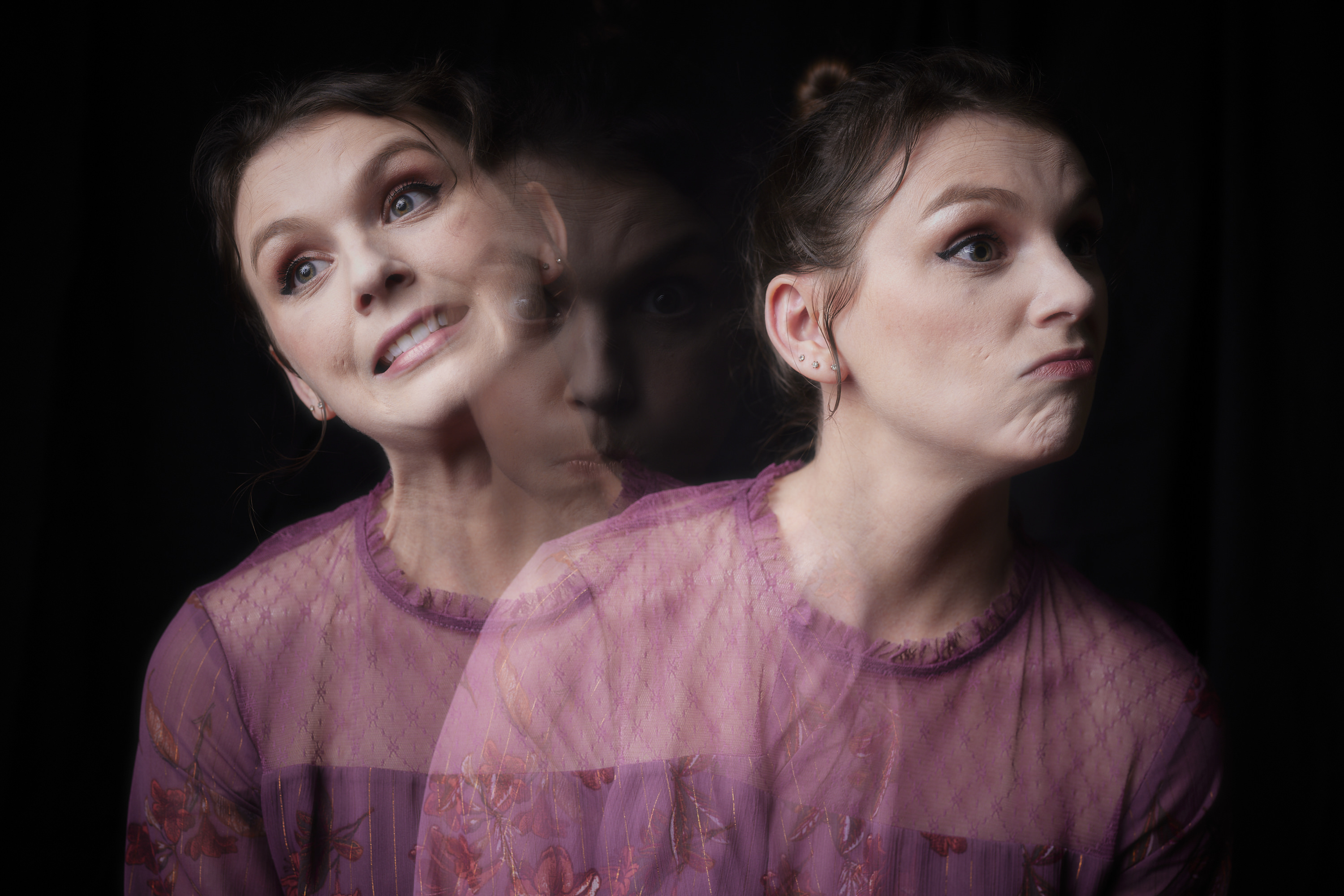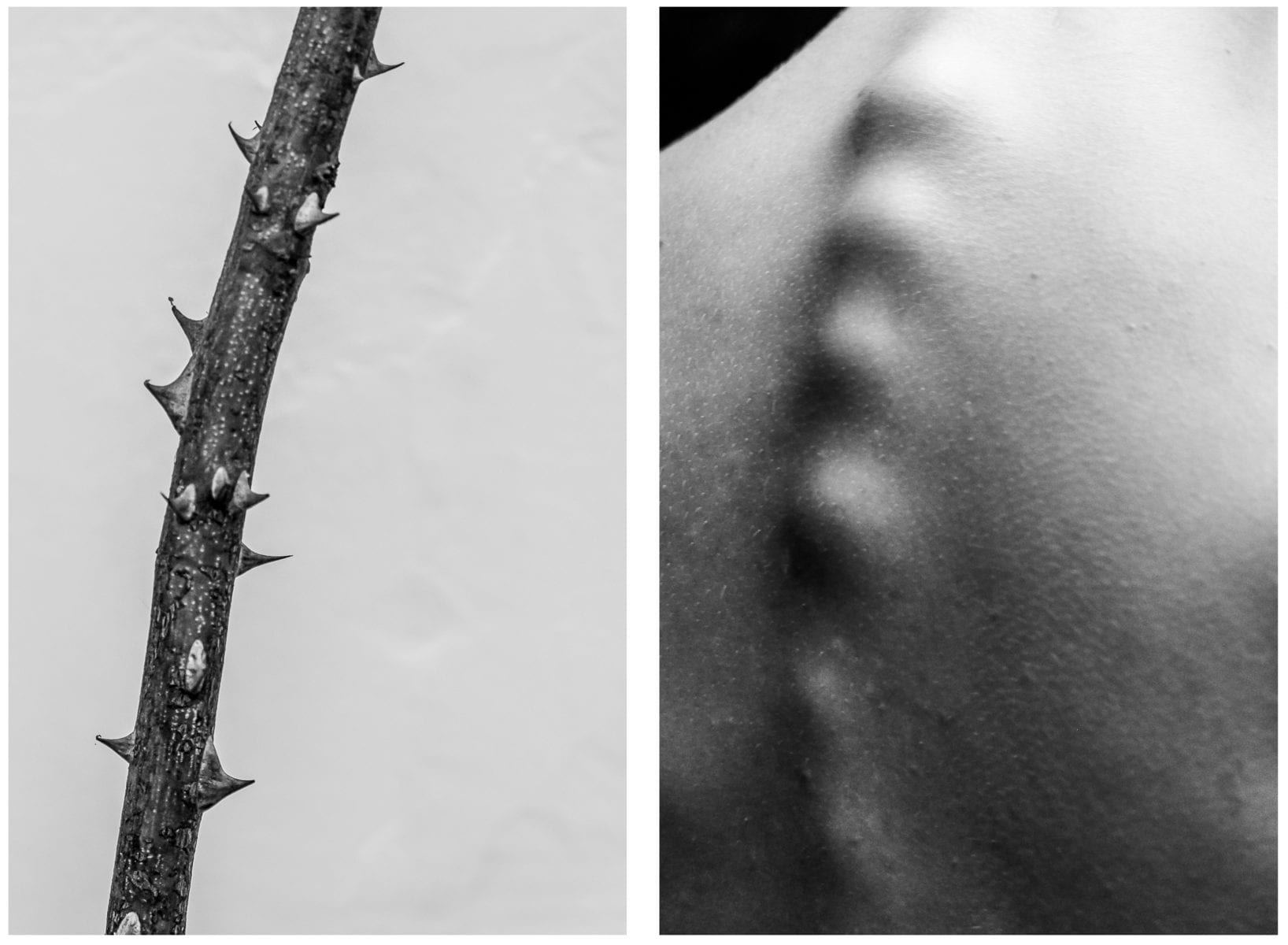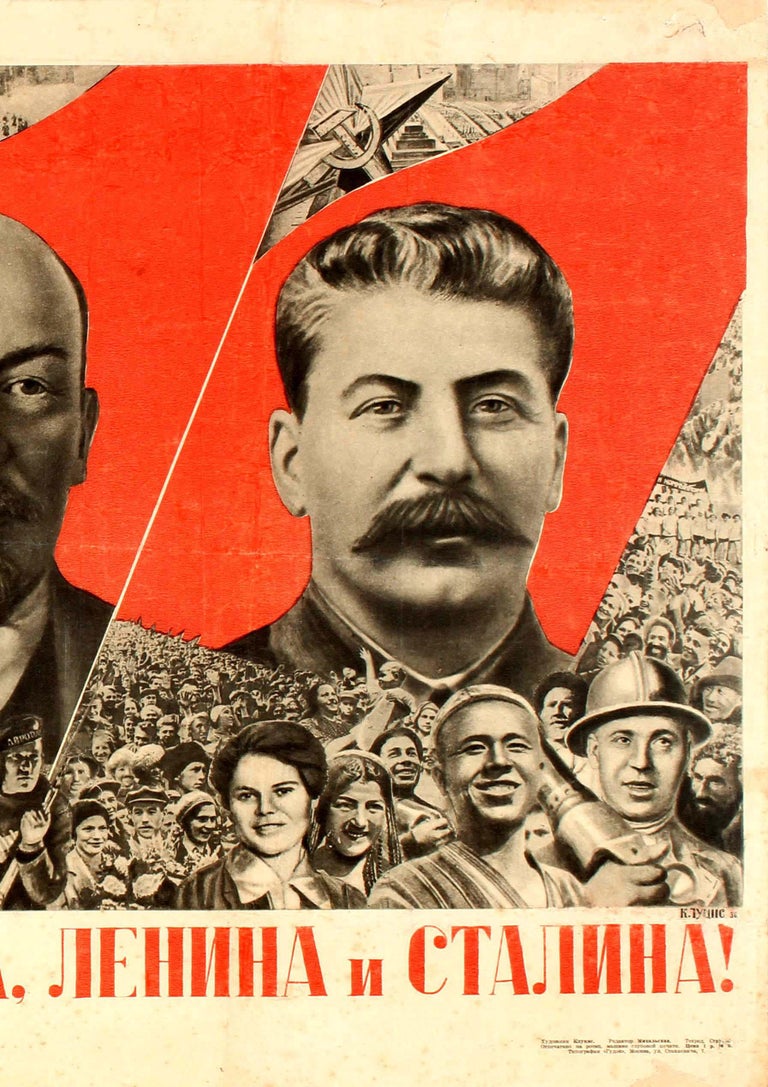What are they?
Creative portraiture usually means photos that are more than just a single shot taken with a camera. It often mixes different images and elements to create a final piece, which is also called a composite image. This method can include pictures that have been heavily edited, while other styles might stick to what the camera originally captured. Before digital photography became popular, techniques in the darkroom like dodging, burning, and masking allowed photographers to get really creative with their images. Nowadays, when people talk about creatively changing an image, they often use the term “photoshopped.” This refers to images that have been altered in some way, often making them look different from reality, using software like Adobe Photoshop.
Examples






Double/ Multi-exposure
What is it?
Double or multiple exposures are a cool trick that happens when you stack images on top of one another. You can do this directly with your camera settings, or you can use Adobe Photoshop by making layers and adjusting the blending options and opacity. Another way to create this effect is by erasing parts of the layers to show different sections of the other images underneath.
Examples







Artist Analysis
Man Ray

Man Ray, originally named Emmanuel Radnitzky, was born on August 27, 1890, and passed away on November 18, 1976. He was an influential American artist who spent a large part of his life in Paris. While he played an important role in the Dada and Surrealist movements, his connections to these movements were more casual than formal. Man Ray created significant pieces across various art forms but primarily identified as a painter. He gained fame for his innovative photography and was well-known for his work in fashion and portrait photography. Additionally, he is recognized for his unique photograms, which he referred to as “rayographs” as a nod to his own name.
Examples of his work






These are some of Man Rays most famous multi-exposure photos.
Image Analysis

Technical- The lighting in this image is most likely nature lighting. This is because he appears to be looking out of a window which is bringing in some nature light. The aperture was likely quite large with a low f/stop number. This is because the man is in focus but the background is completely out of focus. Moreover the shutter speed was most likely quite quick, I can tell this because there is little motion blur and the man is in focus, I think it is something like 1/120 or 1/250. The ISO is most probably low, something like 100 or 200. Due to this photo being black and white, it appears cold with little warmth or saturation.
Visual- There is little colour due to it being black and white, however its quite a light tone due to the bright natural lighting. The man has rough, old skin which brings a large amount of texture to this photo and furthermore because of the multi- exposure the photo is given a lot of depth and makes it seem really 3D. The rule of thirds is followed in this image, this is apparent because his eyes and head are in the centre and most of his body is cropped out of the image.
My attempt at Multi-exposure


I used these two photos to create multi-exposure.


More attempts




Juxtapoisition
What is it?
Juxtaposition is when you put two contrasting things next to each other. This technique is usually used to highlight their similarities or differences, making it easier to compare and contrast them.
Examples




My Juxtaposition edits



Photoshop


Further Manipulating


Russian Constructivism and Photomontage
What is it ?
Constructivism is an art movement that started in the early 1900s, specifically in 1915, thanks to artists Vladimir Tatlin and Alexander Rodchenko. This style is known for being abstract and minimalistic, focusing on representing the modern industrial world and urban environments. Instead of using decorative elements, constructivist artists preferred to work with industrial materials and assemblages. They believed in using art for social and propaganda purposes, aligning themselves with Soviet socialism, the Bolsheviks, and the Russian avant-garde. The impact of constructivist art and architecture was significant, shaping many modern art movements throughout the 20th century. It played a crucial role in influencing important styles like Bauhaus and De Stijl. Its reach extended across various fields, affecting architecture, sculpture, graphic design, industrial design, theater, film, dance, fashion, and even music to a certain degree.
Examples






Artist Analysis
Aleksander Rodchenko
Who is he ?
Aleksander Mikhailovich Rodchenko (December 5, 1891 – December 3, 1956) was a prominent Russian and Soviet artist, sculptor, photographer, and graphic designer. He played a key role in founding constructivism and Russian design and was married to fellow artist Varvara Stepanova. Rodchenko was a highly versatile artist who emerged as a leading figure in constructivism and productivism after the Russian Revolution. Initially, he worked as a painter and graphic designer, but later shifted his focus to photomontage and photography. His photographic work was socially conscious, innovative in form, and rejected traditional painterly styles. He often captured his subjects from unusual angles—either from above or below—to create a sense of surprise and delay the viewer’s understanding.

His Photos






My photo in his Style

This is the photo I’m going to use and edit




I tried a couple of designs to see which ones I liked the best.
My final Design


I then added a crosshair for more detail and to closer relate it to Rodchenko.
Art Steps

